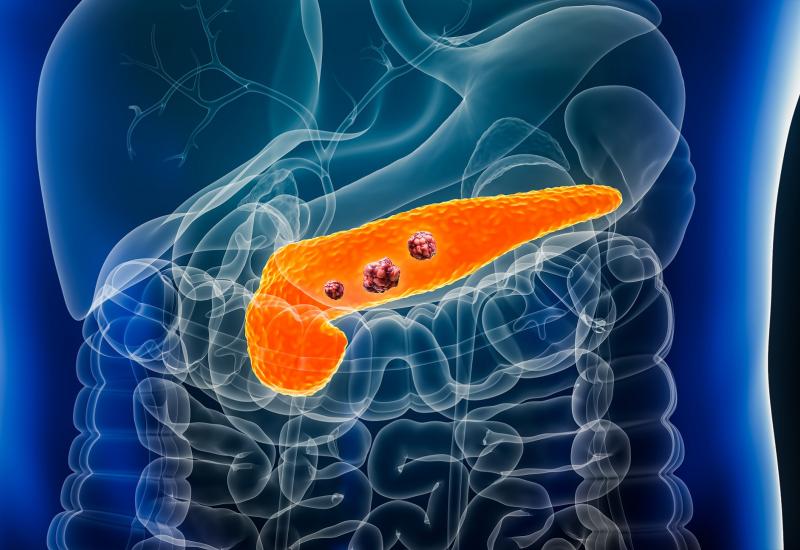
Point looks to make a year-end Splash
The company’s radiopharmaceutical PNT2002 faces a major fourth-quarter catalyst, and US filing could follow.
The company’s radiopharmaceutical PNT2002 faces a major fourth-quarter catalyst, and US filing could follow.

Novartis is a big pharma group notable for having made a significant investment in radiopharmaceuticals, but it could soon be challenged by a young upstart, Point Biopharma. Readout of the phase 3 Splash trial of Point’s PNT2002, having been delayed from mid-2023, is expected in the fourth quarter.
The data relate to pre-chemo castration-resistant metastatic prostate cancer, and will be compared against PSMAfore, a study of Novartis’s Pluvicto in the equivalent setting. Regulatory filings for both could follow. After Novartis struggled to supply Pluvicto, Point – which made an early decision to invest in PNT2002 manufacturing – has a golden opportunity to seize the upper hand.
Of course all depends on Splash reading out positively, and on how well Pluvicto has performed. At present PSMAfore has only been toplined, with Pluvicto said to have generated a statistically significant improvement in radiographic PFS; full data from the Novartis trial are to be presented in the second half, possibly as a late-breaker at October’s ESMO conference.
PNT2002 potential
Glimpses of efficacy have already been seen with PNT2002, with median rPFS of 11.5 months in the 27-patient safety and dosimetry lead-in cohort for the Splash trial. It is the randomised part of this study that is now the focus.
The potential is clear. Pluvicto was approved in March 2022 for post-chemo prostate cancer, and is off to a strong launch, generating first-half sales of $451m. Like Pluvicto PNT2002 is a Lu-177 labelled anti-PSMA molecule for prostate cancer, and Splash and PSMAfore both look at the pre-chemo setting in patients who have undergone androgen deprivation.
But Novartis’s big headache has been manufacturing, first with Lutathera, a separate Lu-177 labelled molecule that targets SSTR and is approved for gastroenteropancreatic neuroendocrine tumours, and then with Pluvicto, which went on the FDA’s short supply list in March.
The problem stems from Novartis’s earlier reliance on a single facility in Italy to serve the entire US market, in the context of Pluvicto’s half-life, which gives only a five-day window to get each dose to a patient. A new facility in Milburn, NJ, has been approved by the FDA, and this should soon contribute to a meaningful increase in capacity.
The issues likely result from the fact that radiopharmaceuticals is still an immature, non-commoditised business, lacking back-up production. It seems that Point, for its part, recognised the need early, and decided to invest in production as it went public via a special-purpose acquisition company (SPAC) in 2021, well before any regulatory decision.
Business development
Despite the problems there has been considerable business development activity here in recent years. Novartis’s own acquisition spree includes Advanced Accelerator Applications, a $3.9bn deal that gave it Lutathera, and Endocyte, which brought Pluvicto and had a $2.1bn price tag.
And for Point a major endorsement came through a deal last November under which Lantheus gained rights to PNT2002 and another project for $260m up front. Lantheus has developed a PSMA imaging agent called Pylarify, which doctors have taken up as a means of selecting patients for PSMA-targeted radioligand therapy, and whose launch has accordingly mirrored that of Pluvicto.
The missing piece of the puzzle for Point is clinical data. While the markets will try to compare Splash against PSMAfore it is important to remember that the trials have subtle design differences, and that the two projects are not identical: PNT2002 and Pluvicto both came from German academia, and use the same PSMA-binding domain, but comprise different molecules with different linkers.
If both studies are strongly positive one consideration will be whether fewer cycles of PNT2002 can achieve efficacy similar to Pluvicto with better safety. Prepare for some intricate cross-trial comparisons.
1106













